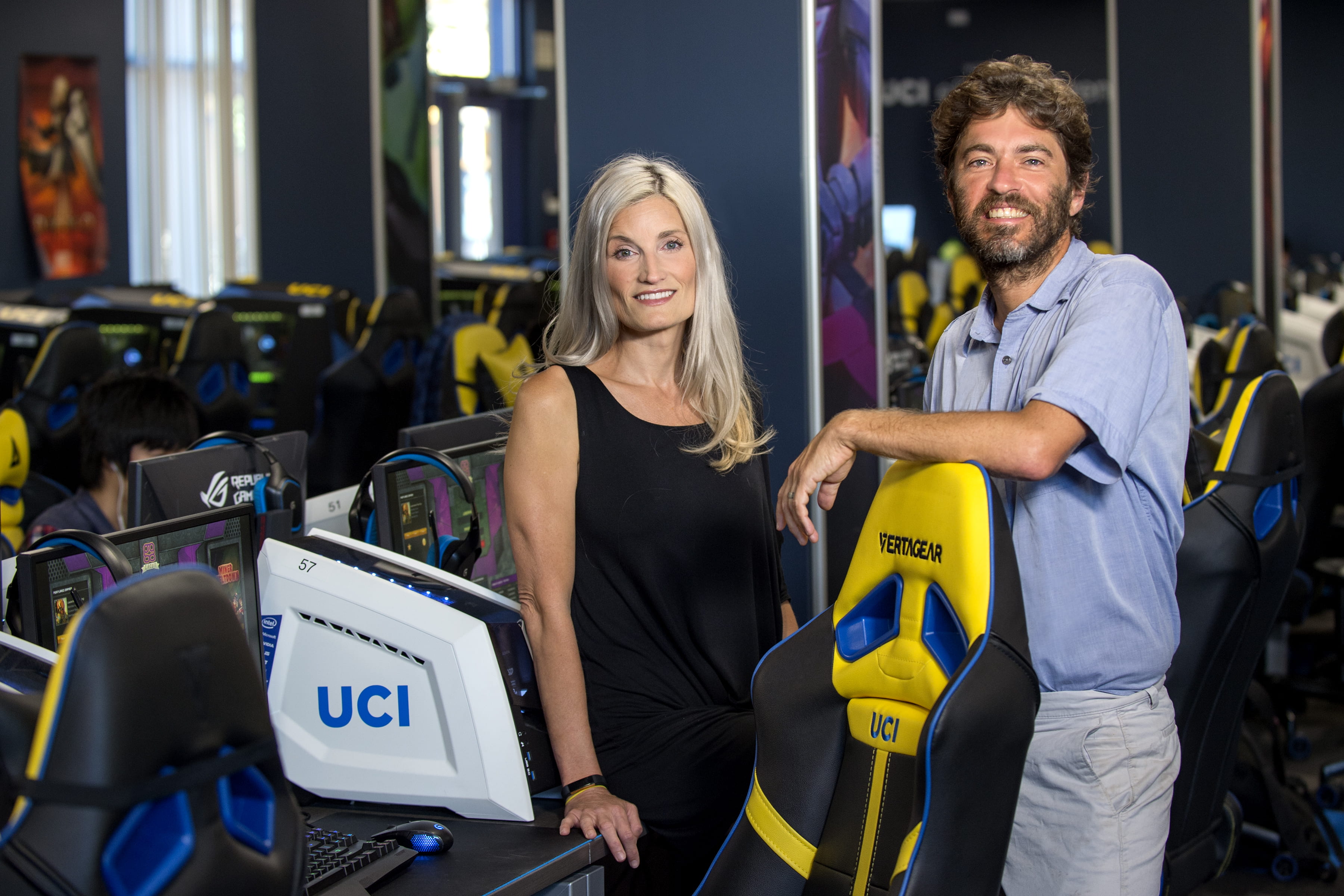Back-to-basics childbirth
UCI’s Katie Pine seeks to improve U.S. maternity care with a Public Impact Fellowship.

Katie Pine’s research into the best childbirth practices in U.S. hospitals was inspired by personal experience: the 2007 birth of her twins and her mother’s career as a labor and delivery nurse-midwife.
“Obstetrical care in America is suffering from a paradox in which childbirth is expensive while infant and maternal mortality rates are high,” says Pine, social ecology doctoral candidate at UC Irvine.
A standard hospital delivery in the U.S. costs $8,000 to $11,000, but expensive care does not equal high-quality care: The infant mortality rate here is worse than in 29 other wealthy, developed countries. One in 4,800 women in the U.S. die in childbirth each year, according to the World Health Organization, and the maternal mortality rate in California is even higher.
Pine’s goal is to identify safe and cost-effective birth practices that satisfy both mothers and caregivers. She’s pursuing her research with a $10,000 Public Impact Fellowship, awarded by UCI’s Graduate Division each spring to students whose work could have significant local, national or global benefit.
The causes of infant and maternal mortality are complicated, Pine says, but some studies have faulted certain obstetrical procedures and the underuse of low-tech alternatives.
In response to such findings, organizations such as Lamaze International discourage elective inductions prior to 39 weeks of gestation and recommend that women be allowed to move about freely during labor.
The promotion of more natural approaches to childbirth could serve both policymakers and the general public, Pine notes, because they’re cost-effective and may enhance patients’ experiences.
Her research involves interviewing medical personnel and midwives, as well as shadowing labor and delivery nurses in Southern California hospitals. The latter is crucial, Pine says.
“A nurse told me she spends about 90 percent of her time doing paperwork and watching monitors,” she says. “This can be frustrating for those who would rather spend time at a patient’s bedside providing education and support.”
Christine Morton, program manager of the California Maternal Quality Care Collaborative, says social sciences researchers like Pine can shed much-needed light on the world of maternity care. The organization provides research advising and technical support to Pine.
“Medical practitioners are like fish swimming in their own bowls – they don’t always see the water they’re swimming in,” Morton says. “Katie can give insight into the day-to-day work environment of labor and delivery nurses.”
Upon completion of her research, Pine hopes to provide recommendations to the CMQCC and such national organizations as the Childbirth Connection. She also plans to educate the next generation of healthcare workers by teaching in a university public health or nursing program.
Her adviser, social ecology professor Martha Feldman, says Pine’s research will contribute to Americans’ understanding of how to increase the quality of healthcare without increasing the expense.
Says Feldman: “It could help solve the puzzle of why the U.S. lags behind so many countries in maternity care despite its high cost here.”

